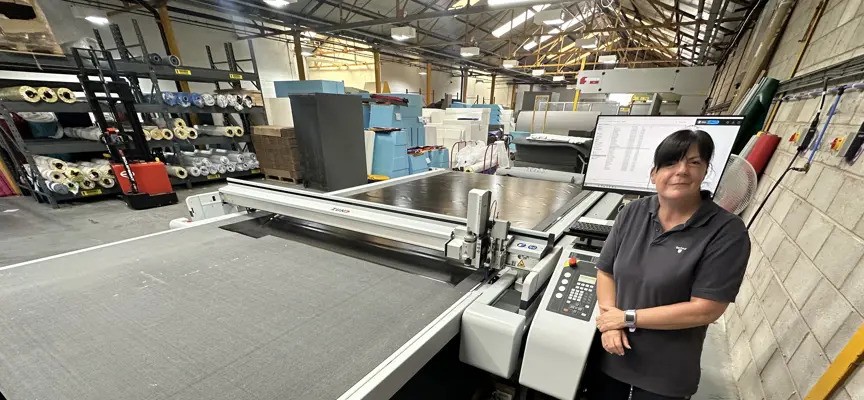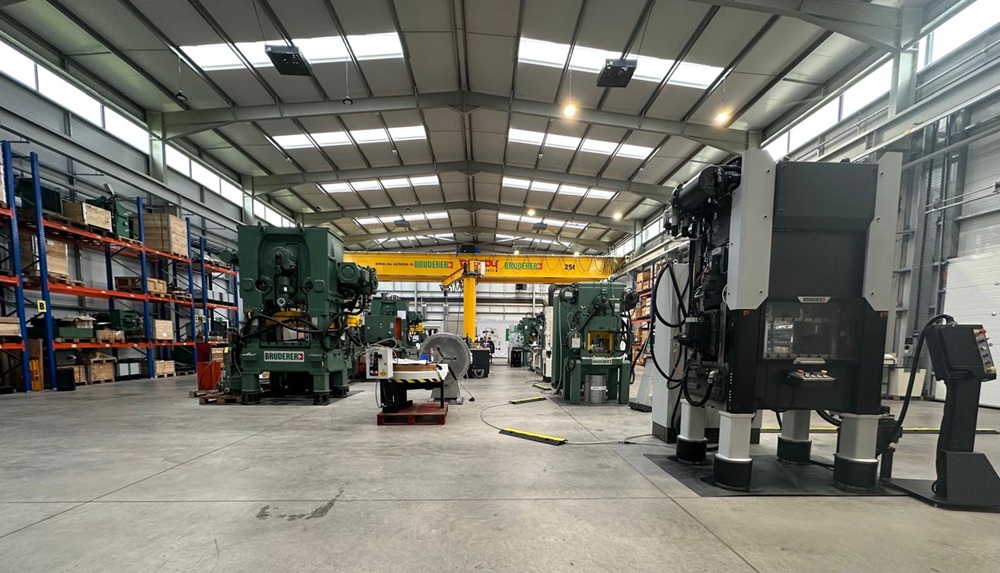In a landmark moment for the UK space sector and advanced materials science, Cardiff-based Space Forge has shipped ForgeStar-1 – the UK’s first in-space advanced manufacturing (ISAM) mission – to the US ahead of launch later this year. As a next-generation materials manufacturer, Space Forge is harnessing the unmatched conditions of space – microgravity, extreme temperatures, and a vacuum environment – to produce materials that are impossible to make on Earth. Research suggests that manufacturing these materials in space could reduce CO2 emissions by 75% in high-value infrastructure.
More information www.spaceforge.com



















